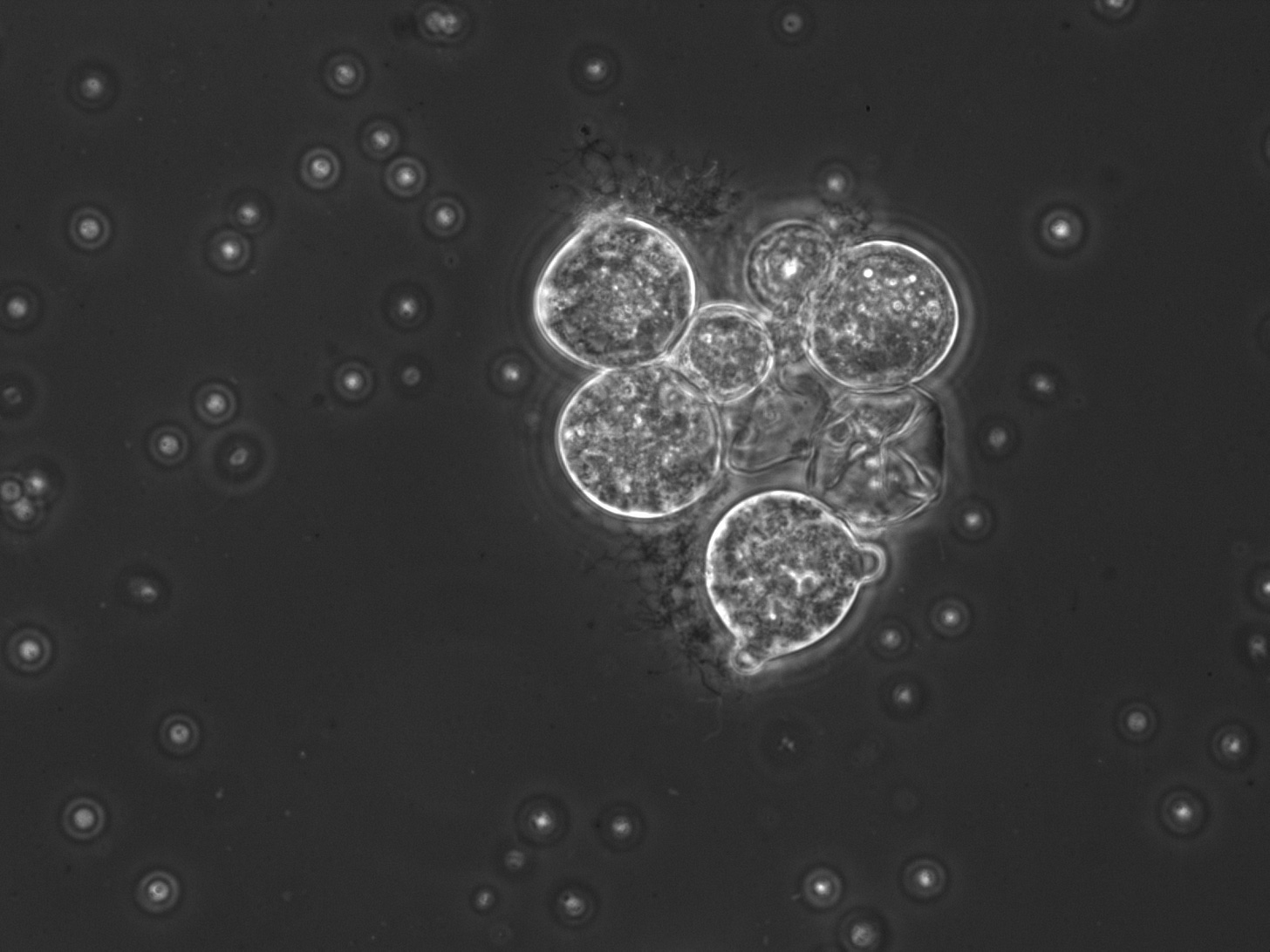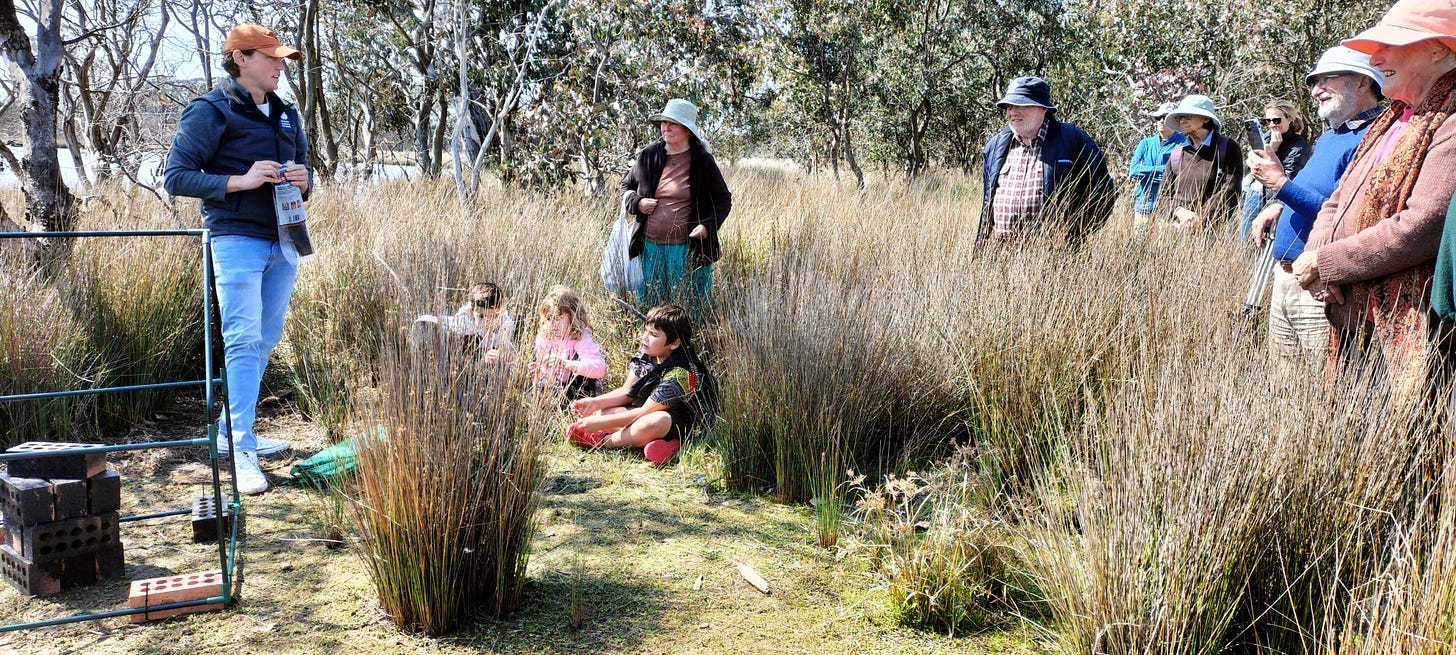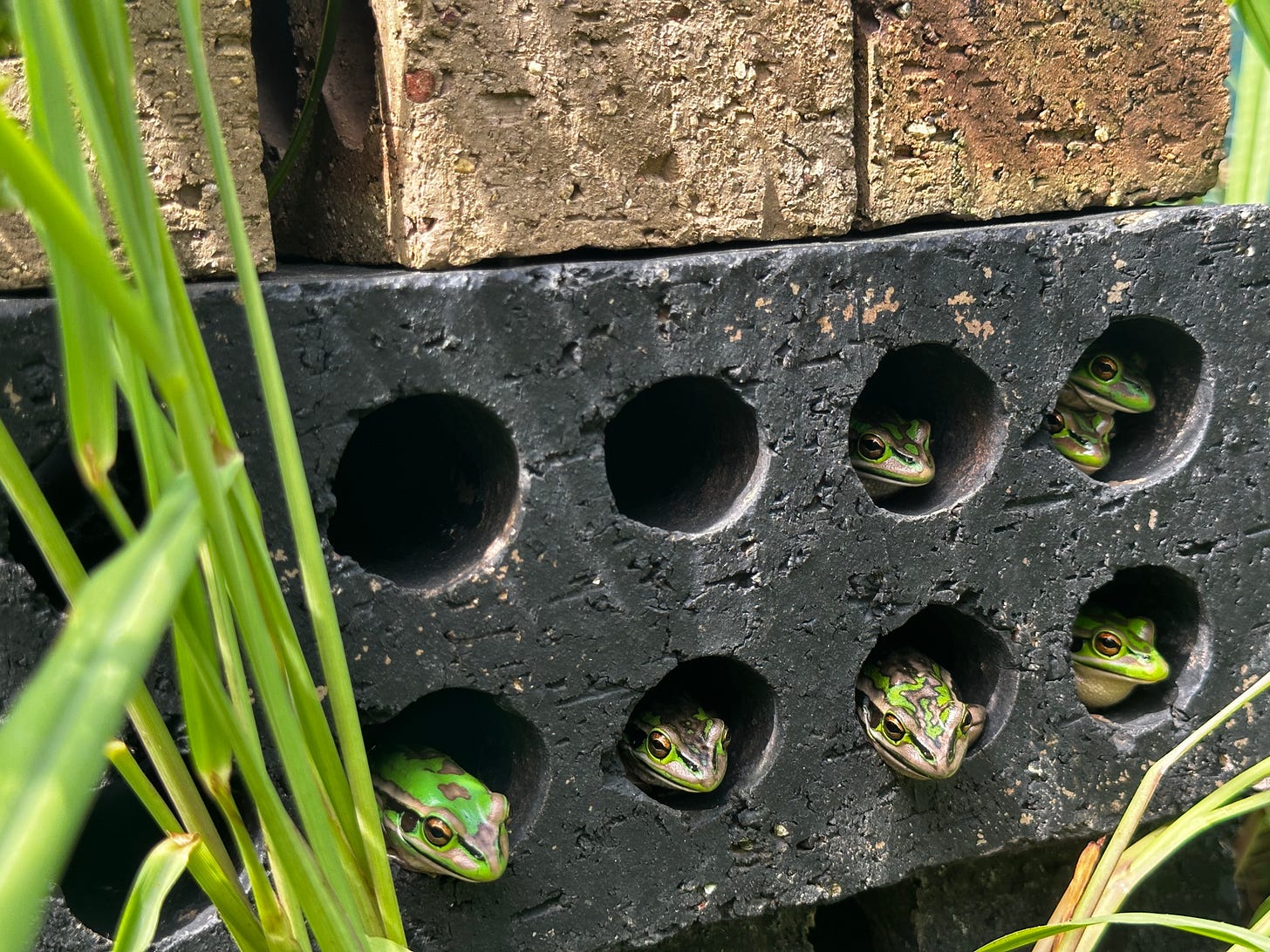Battling Chytrid: A Conservationist’s Journey to Protect Frog Populations from a Ravaging Panzootic
"Long-term, conservation needs to change; we need to future-proof our efforts. Providing frogs with heritable resistance to disease may be the way forward."

Frog populations worldwide are declining due to a devastating winter panzootic caused by the chytrid fungus (Batrachochytrium dendrobatidis). The disease, known as chytridiomycosis, has caused the death of amphibians massively, leading to the decline of no less than 500 species and the extinction of 90 more, especially in Australia and the Americas.
As an invasive pathogen more common in temperate areas, the fungus causes frogs to die by preventing their skin from producing essential salts, leading to heart failure. The death of many different frog species ultimately leads to an imbalance in the ecosystem.
Anthony Waddle, an Australian-based conservationist and Schmidt Science Fellow at the Macquarie University in Sydney has been actively working on the impact of chytrid on several species of frogs, particularly the green and golden bell frogs, native to Australia. His efforts have amounted to the development of a treatment module for the frogs and the invention of a “frog sauna,” which he modeled to utilize heat from sunlight to destroy chytrid pathogens.
Waddle is a 2025 recipient of the Future for Nature Award. Speaking to The Habibat Project, he shares the modus operandi behind his widely-acclaimed “frog sauna” invention and the most up-to-date progress on his journey to defeating chytrid.
(This interview has been edited for length and clarity).
Congratulations on receiving the 2025 Future for Nature Award. How do you feel ahead of the ceremony in May?
It seems surreal. I put in the application thinking I’ll do a good job. You don’t know what reviewers value. To have them see my work as worthy of an award — it’s the first time that’s happened. It was shocking I was chosen, but I’m happy they picked me.
Can you tell us how this chytrid fungus is affecting frog populations around the world?
We believe it’s native to the Korean Peninsula in Southeastern Asia. We think that, because all of the genetic diversity that we know around the world is present in samples that have been taken from that area. Globalization brought it through trade routes. In Australia, we think it came through the Port of Brisbane around 1978, and it may have just been one introduction, because the chytrid everywhere in Australia is genetically a clone. Susceptible frog species have no defense, leading to quick extinctions — ninety worldwide, six to seven in Australia. The golden toad in Costa Rica, once common and charismatic, vanished in a year. Chytrid spreads regionally, hitting islands, and [when it does], dozens survive only in captivity with no wild solution; they can’t return or they’ll get sick. It’s the most devastating invasive pathogen. Nothing compares: not feral cats, rats, cane toads, or other diseases. It infects their skin, causing it not to work. They lose really important salt from their body, and it affects the heart, but we can solve it, since their habitats, like pristine national parks, remain intact.

I understand you’ve developed a treatment to expel the disease. Can you talk about that?
It’s complicated with so many species. Treating a frog’s first infection makes some resistant, but others get more susceptible after curing with drugs or heat. There are frogs that are highly susceptible species if they come in contact with the chytrid — 100% mortality for those. I’ve tried a treatment, similar to a vaccine, on three species, using low-virulence chytrid or just treating natural infections; both work. Field tests with leopard frogs in the States, using this approach, reduce infections well. In Australia, I catch wild green and golden bell frogs before winter, because, like flu season, winter is when chytrid spikes. Catching them early, when the temperature is lower, we treat them right before the pathogen starts to kill the frogs, and they survive and gain long-term resistance. It’s species-specific and fussy, but we work on it in the field.
What challenges did you encounter in terms of administering it to them? Was there resistance from certain groups of people?
There was no resistance, only encouragement. I partner with Sydney Olympic Park Authority, managing the park, which is like a neighborhood with the largest and one of the last remaining bell frog populations. They gave me a facility and local expertise to find frogs after I mentioned the treatment. My university’s veterinary and ethics staff certified the facility. A grant from the Australian Academy of Sciences helped. It was easy, because we proved it’s effective. You can’t do conservation blindly; science is key. Our partners share my vision to protect the frogs, not just tick boxes. It’s unique that the government and industry care deeply about conservation here, making it incredibly supportive.

The frog sauna is a very interesting innovation. How does it help the frogs exactly?
Chytrid thrives in cool winters, when frogs’ are pretty low-activity and their immune systems are weaker; the fungus loves to grow in these conditions. In subtropical areas, hotter habitats favor survival; natural refugia work well. But in cool areas, frogs die every winter without natural refugia. So the idea was, can we make a warm habitat in the winter? So, we built frog saunas — black-painted brick piles under small greenhouses, passive via sunlight. Bell frogs love urban garbage habitats like toilets and letterboxes. Research showed they prefer warmth in winter. These raise their body temperatures, preventing sickness. Australia’s scorching sun makes it hot even at 13 degrees. The idea is to expand this preferred, protective habitat [saunas] across the east coast of the country.

Which frog species that you work with are most threatened, and what solutions are you proposing to address their challenges?
I work primarily on green and golden bell frogs, and they are endangered in New South Wales — 10% of populations remain. Getting interventions into the field is tough; it’s fussy, needing yearly effort. We need permanent solutions. Some populations evolve resistance. Southern corroboree frogs, critically endangered, survive with heavy management and lots of captive breeding and releases to ensure some frogs are maintained in the wild. They’re incredibly susceptible, likely captive-bound without genetic fixes. Long-term, genetic resistance is key; vaccines don’t pass immunity generationally.

How then were the Southern corroboree frogs previously surviving in the wild, up until this moment?
They were common before chytrid — old herpetologists said you’d flip a board and see dozens. Now, maybe 50 corroboree frogs remain in the wild. Many innovative people work on them, and I am eager to test my approaches for their conservation. Their genius is chytrid exclosures — barriers blocking eastern froglets, native carriers unaffected by chytrid, from spreading it. These semi-wild populations thrive, a medium-term fix. It keeps natural selection, minus chytrid. Slow maturity is a challenge, but they’re worthwhile; they’re an iconic species in Australia. My contribution builds on this history, targeting chytrid directly to boost wild survival.
Partnerships have been crucial to the success you’ve had so far. How do you manage all these partnerships with the government, community members, and all these other important people?
I have a team of excellent interns and volunteers, but I really am a one-person team. Meetings are key; I ensure partners hear me and projects are feasible, not wasteful. Personnel and resources were challenges; managing a busy schedule is another. Scheduling well accommodates global partners; I’ve cut lab time for this. Australia is a small community of conservation people, especially those that work on frogs and chytrid, and this means managing personalities and disagreements. We start with shared goals; no team’s perfect, but aligning on purpose helps. It’s overwhelming alone, yet organization keeps it going.

Are there any new projects you're working on that you'd like to talk about?
We’re researching why some frogs get resistant to chytrid after weak exposure, while others get more susceptible. I’m interested in that because we can [possibly] design noninfectious vaccines, maybe sprayable ones, by understanding their immune system triggers. Long-term, conservation needs to change; we need to future-proof our efforts. Genetic approaches — providing frogs with heritable resistance to disease may be the way forward. There are risks, but current methods have not sufficed against species-loss from diseases, invasive species, and climate change. I’m no biotechnology zealot; I was the little kid out in nature catching tadpoles with my grandfather, while he took pictures, and that’s still me. I’m cautiously exploring more out-of-the-box ideas for permanent solutions.
Correction: All uses of “epidemic” in the story were changed to “panzootic” on December 1, 2025, to accurately reflect the impact of the disease.



Very informative.
Thanks so much for sharing.
👏🏽👏🏽